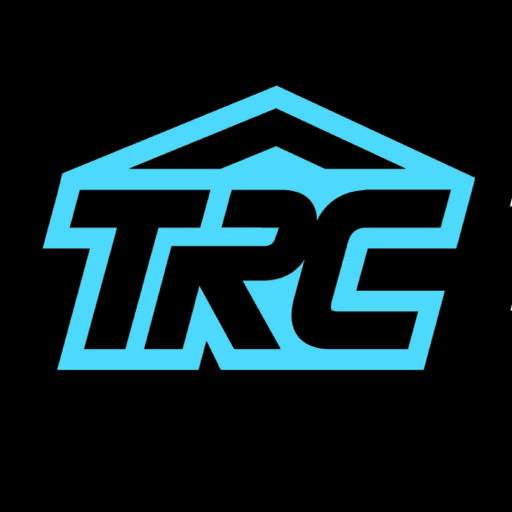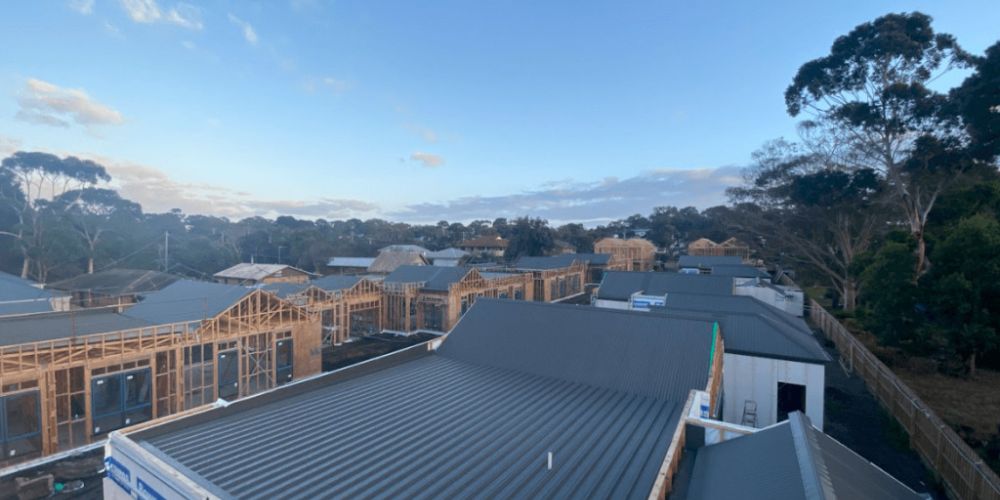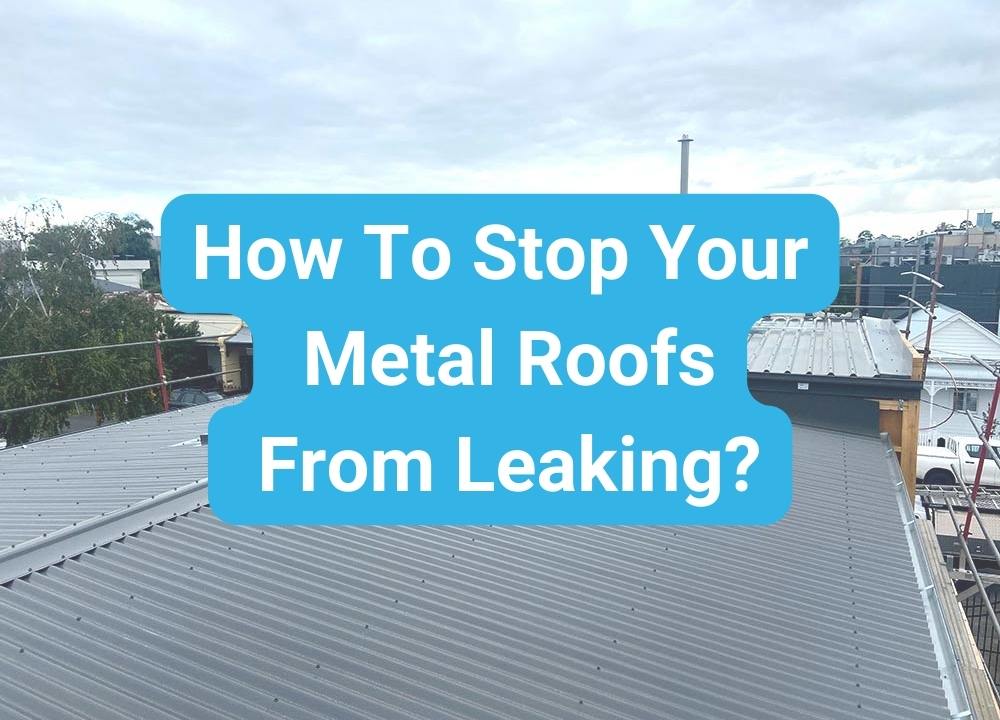How To Stop Your Metal Roofs From Leaking?
A metal roof is one of the strongest and most long-lasting materials for protecting your property. They aren’t unbreakable, though. Just like any other form of roof, a metal roof may leak.
A metal roof that leaks may be expensive and harm essential items. Unchecked water accumulation can lead to the corrosion and decay of building materials. Additionally, standing water within a structure might promote microbial development. Early detection of these issues will allow for damage-free replacement or repair.
In this article, we will give you expert advice on how we, as roofing experts, handle metal roof leaks. These are easy-to-follow guides that you can use to handle roof leaks while waiting for your trusted roofers to fix your roofs.

Lance Mathews
In This Article

What Causes Leaks on Your Metal Roofs?
Your roof is crucial to your house because it shields your family, possessions, and you from the elements. Contact your qualified roofing experts immediately if it needs to operate as it should.
What might lead to leaks and damage if metal roofs endure so long? Sadly, no roofing material is resistant to damage. Despite the durability of metal roofs, these typical issues might result in leaks.
Roof Sealant is Missing
To guarantee that your roof will survive and continue to be strong, resilient, and flexible, high-quality metal roof sealant is a need. Your metal roofing is put together with metal roof sealants. They must be administered correctly by professionals and are not meant to be used as a long-term leak repair.
Age of your Roof
Although it can seem like a basic one, aging is the leading cause of a leaky roof. Due to constant expansion and contraction, weather wear and tear, and other factors, materials like roof tiles and metal roofing can degrade over time. Age and time can also compromise the structural integrity of various roof components. Schedule a checkup to ensure your roof is still within its life expectancy.
Filled Gutter
If your roof’s gutters are filled with leaves and other debris, water will not flow where you want it to if it has to go someplace. Give your gutters a routine cleaning and ensure the water can be moved quickly away to prevent water from re-entering weak spots in your roof.
Roof Pitch
An inadequate roof slope may cause a leaky metal roof in many circumstances. For most roofs using metal shingles, four inches of rise are required for every foot of roof run or a slope of 4/12. You’ve probably located the leak’s source if the slope is less than 3/12. Many commercial roofing systems, nevertheless, may only be erected on slopes of 2/12 or higher if they include a standing seam. Although there are certain exceptions for various types of systems, an inadequate slope is likely to fault if the slope is incorrect.
3 Simple Steps on How To Find Leaks on Your Roof
Look for signs of leaks.
The sight and sound of water dropping are typically the first indications of a roof leak. There are other warning indicators you’re likely to spot, whether it’s raining. These consist of the following:
- Certain rooms have musty scents.
- Your ceiling has water stains.
- Your outside walls have some spots.
- Patches of your inner walls that are bulging.
- Damaged or missing roof shingles.
Any of these symptoms might indicate that your roof is potentially leaking someplace. Unfortunately, you might need help locating the leak the first time you observe it. You should conduct more research on that.
Check the roof's underside.
Surface cracks brought on by anything like a nail entering the roof are pretty obvious. Look out the wall vents if you cannot see the apparent damage indicators. If existent, these vents are typically found close to ridges, gable ends, or both. Over time, the seals surrounding the vents might deteriorate, allowing rainwater to enter.
For bigger roof leak problems, use a qualified specialist.
If you need to know what to watch out for, a roof leak might become a major project. We constantly advise speaking with a qualified roofer and tiler for significant roof leaks. It is essential to thoroughly analyze your demands before making any selections because your roof is one of your house’s most prominent and noticeable features. Depending on the material you pick, using trained specialists will ensure that your roof is secure and gorgeous and will endure the test of time.
Best First Aid Options for Your Metal Roofs
If the leak is easy to locate, you can stop it using a silicone-based sealant that dries quickly or by covering any broken roof tiles or shingles with a tiny metal sheet or lead flashing. If your gutters are the problem, you should only clean away debris and replace or fix broken gutter sections as needed.
How to Prevent Leaks on Your Roof?
Regularly get your roof examined.
Hire a qualified roof plumber to check your roof each season for wear and tear. We may inspect the flashing for any cracks or broken seals that could allow water to seep in and give advice on any immediate steps that should be taken to prevent long-term harm.
Regularly get your roof examined.
Hire a qualified roof plumber to check your roof each season for wear and tear. We may inspect the flashing for any cracks or broken seals that could allow water to seep in and give advice on any immediate steps that should be taken to prevent long-term harm.
Clean out your gutters.
You ought to schedule a gutter cleaning procedure at least twice a year. This water may overflow and leak through cracks in your roof if your gutters are old or blocked with leaves and other debris. Hire an expert to clean your gutters if you’re hesitant to climb a ladder yourself.
Examine your roofing plumbing.
You must ensure that any piping that passes through your roofs, such as vent pipes, exhaust pipes, or fan ducts, remains sealed. After periods of severe weather or heavy rains, sealed and flashed holes around pipes on your roof may deteriorate and need to be maintained.
If your roof leaks, sometimes note the wind speed, direction, and rain angle when it leaks. This information is vital and helps us locate, identify, and fix the source of such roof leaks more quickly and affordably.
Frequently Asked Questions
Heavy rain-related roof leaks may signify that the shingles are past their prime. They were rusting of metal. Water can leak through small cracks in metal and corrosion around fasteners. The expansion and contraction of a metal roof over time may cause the seams to become loose.
Applying thick silicone caulk or roofing cement is the most frequently used to repair roof leaks. You may use a caulk gun to repair this, whether patching a little leak in a shingle roof or fixing the flashing around a skylight or vent boot.
When correctly applied, coatings can prevent leaks; however, once the water has entered, the leak has already begun, and coating application will be useless. Some building owners use metal roofing sheets with folds, known as weathering roof sheets or silicone roof sheets, to attempt to stop leaks.
A leak in a shingle roof won’t disappear by magic or mend by itself like a paper cut on a finger. Even small leaks can allow water to seep into your insulation, ceiling, deck, and other areas, wreaking havoc when left to accumulate.
Key Takeaways
Proper installation is necessary to prevent the danger of metal roof leaks. The quality of the commercial metal roofing provider won’t matter if the installation is subpar, after all. Naturally, it would help if you still ensured that your materials are of the most remarkable calibre.
Leaks continue to worsen. Once you have located yours, take immediate action. Fortunately, fixing the leak frequently requires a minor roof repair, like replacing a shingle. However, if you feel unsafe climbing a roof or the leak appears substantial, call a professional roofer immediately to avoid more extensive damage.

